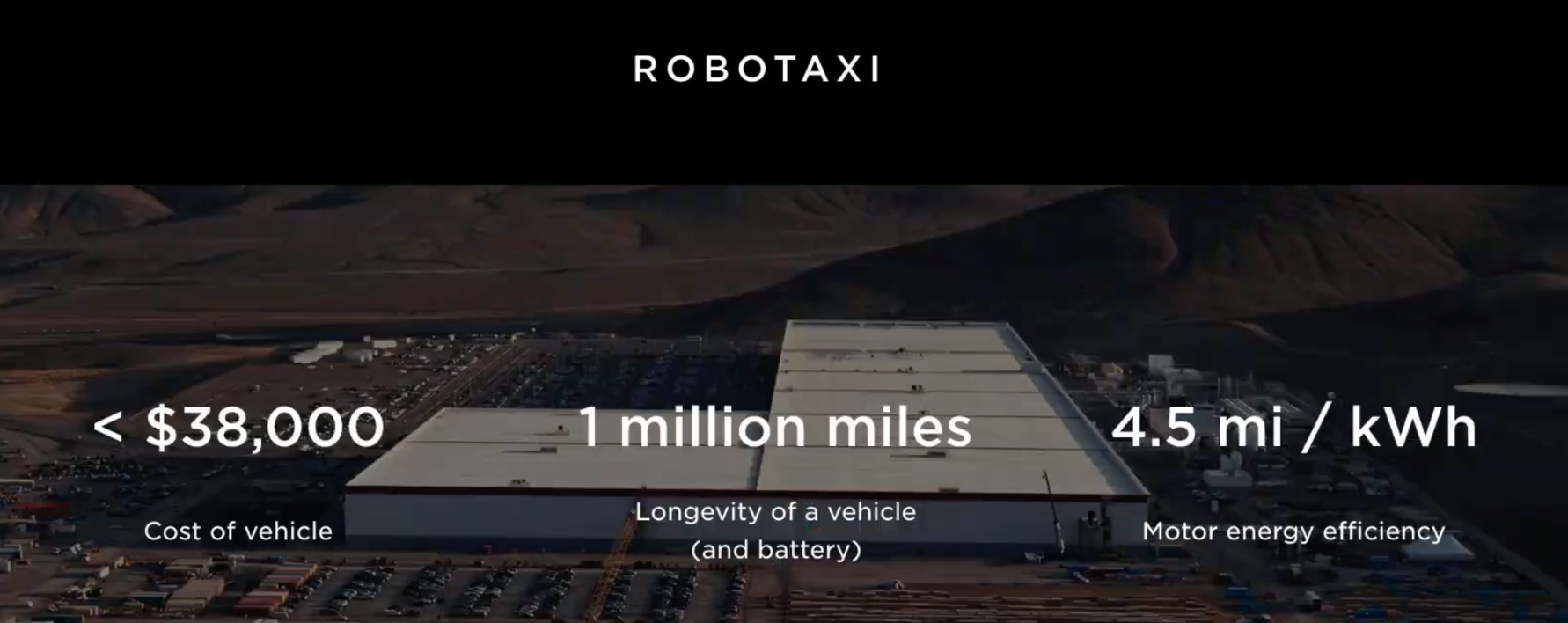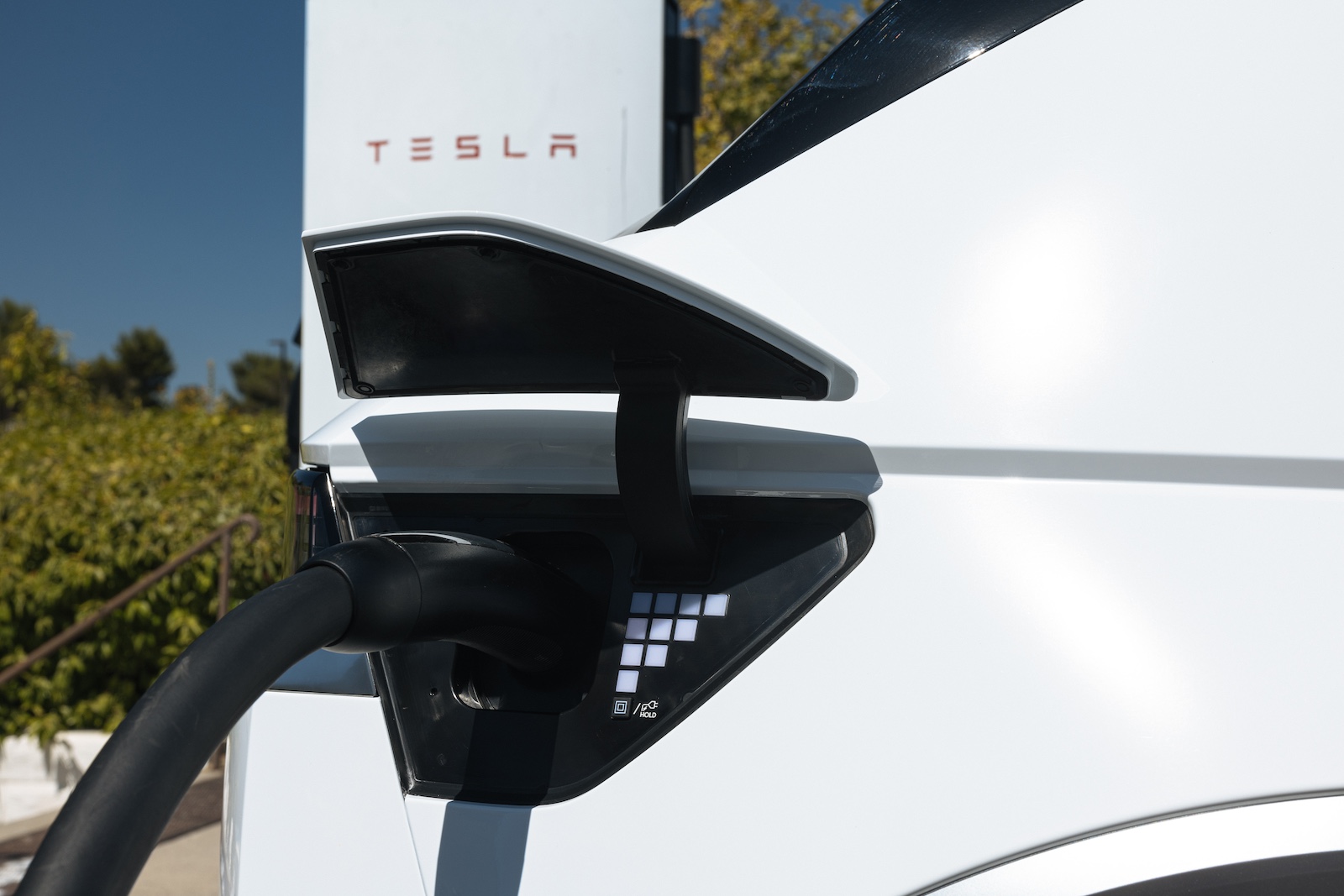Trump signed a proclamation on February 10 that raised the tariff rate on aluminium imports to 25%, effective March 12, from the previous 10% rate, which he initially imposed in 2018.
Market participants were divided on the effects of the tariffs, but some considered the announcement as bullish for the primary aluminium premium in the US.
Andy Farida, senior aluminium analyst in Fastmarkets, noted that a higher Midwest premium might increase exports to the US, from Europe for example, in the short term.
“We’ve been hearing that units that are meant for Europe are on its way to the US coast or redirected. Supply heading to the US market is likely to cause a depression in the Midwest premium over the coming months. In the 2018 Midwest rally, for example, we had a sharp ‘u-turn’ amid Section 232 and 10% tariffs – this time we are perhaps in a similar scenario,” Farida said, adding that he believes that market will peak at 35-40 cents per lb.
“Those hoping for a 50 cents per lb might know it won’t be sustainable because, at such a high cost, US consumers remain the biggest losers and the industry as a whole is likely to suffer a demand shock,” Farida added.
Fastmarkets’ assessment of the aluminium P1020A premium, ddp Midwest US was 37-38 cents per lb on Thursday February 20, flat since February 14 when it jumped by 29.31% from 28-30 cents per lb.
Mexico
The White House announcement of the tariffs mentioned three Latin American countries – Argentina, Brazil and Mexico – as the ones that had previously received exemptions, which prevented the tariffs from being effective in 2018.
“By granting exemptions to certain countries, the United States inadvertently created loopholes that were exploited by China and others with excess steel and aluminum capacity, undermining the purpose of these exemptions,” the announcement said.
In Latin America, Mexico, a major supplier of aluminium scrap and alloy to the US, will be the most affected by the tariffs.
Data from the Mexican government shows that 72.7% of Mexican unwrought aluminium was exported to the US in 2023.
US International Trade Administration (ITA) data shows that, from January 2024 to January 2025, Mexico was the eighth major provider of unwrought aluminium to the US, accounting for 26,507.29 tonnes of the total 4,025,293.13 tonnes imported into the US.
“We are worried about the [tariff] situation with Trump. We are trying to see if we can look for new markets to sell, but at the same time, exporting to Europe is very expensive. So now we are reviewing different scenarios,” a Mexican producer told Fastmarkets.
Some participants mentioned the possibility that tariffs could flood the EU with imports and “further harm the competitiveness of the European aluminium industry,” the industry association European Aluminium said. Mainly, Canada and Mexico could start exporting more to Europe.
“We don’t know where to send material. Our market is the US,” a second Mexican producer said.
“Mexico needs to find a solution as the US is their main market. Mexican players are also worried about lack of supply,” a trader source said.
China, for example, redirected much of its aluminum exports to Mexico, after Trump lifted tariffs to the latter country in 2017. Some of the metal is processed in Mexico before being exported to the US, so that trade route may shrink with the tariff on Mexican imports, sources said.
“There has been a significant increase in Chinese investment in Mexico, driven by massive Chinese government subsidies and the continued ability to exploit loopholes in US trade policy,” the announcement from Trump said. “Foreign producers have shifted assembly or manufacturing operations to third countries, such as Mexico. For example, Chinese producers are using Mexico’s general exclusion from the tariff to funnel Chinese aluminum to the United States through Mexico while avoiding the tariff.”
In July 2024, the US introduced a requirement of a certificate of origin and analysis when exporting aluminium from Mexico to the US.
Mexican aluminium institute IMEDAL said that Mexico has been taking measures to combat unfair trade, establishing anti-dumping taxes on several aluminum products coming from China, and that in 2024 the country increased the general import tariff from countries that Mexico does not have a commercial agreement with, accounting for 30% of aluminium products.
“We affirm that not only there is no harm to the United States aluminum industry, but also that it is largely benefiting from trade with Mexico,” the association said.
Mexico’s Economy Secretary Marcelo Ebrard will meet with Trump administration officials in Washington on Thursday in the “the first conversation” in a series of negotiations on tariffs
Fastmarkets is proposing to launch three assessments for primary aluminium premiums in Mexico: a P1020A premium, a low-carbon differential for P1020A and a 6063 extrusion billet premium — all on a CIF basis for the main ports of the country.
These launches reflect a growing and liquid Mexican aluminium market as well as the need for transparency and price references in the country.
The consultation period for this proposed launch will end on Thursday March 6.
Argentina
Market participants in Argentina are also concerned about the impact of tariffs. Data from the ITA shows that, from January 2024 to January 2025, Argentina was the third-largest provider of unwrought aluminium to the US, with 179,834.46 tonnes imported from Argentina from a total of 4,025,293.13 tonnes.
“Argentina sells a lot to the US. Producers in Argentina are worried about the whole situation as they have many contracts with the US. But we might see an exemption for Argentina in case [president Javier] Milei establishes a good relationship with Trump, a second trader source said.
According to media reports, Trump’s decision has put producers in Argentina on red alert, prompting concern among local industrialists, who could see their exports to decrease. Tenaris and Aluar, who export to the US, are likely to be heavily affected, the media reports said.
Brazil
Brazil is considered more isolated from fluctuations in the aluminium market because of its strong domestic market, but aluminium imports from Argentina, which enter the country duty free, could increase if material is redirected from the US.
“I don’t see that much impact in Brazil as the country is in its aluminum bubble…The problem is that by restricting Argentina, Argentine material will come to Brazil more as it is duty free in Brazil,” a trader source said.
“Premiums might even get lower if Argentine material enters heavily in the country, [increasing] supply,” a second trader source said.
The Brazilian Aluminum Association (ABAL) expressed “concern” about the impacts of the new tariff measure.
Although Brazil’s share of US aluminium imports is relatively small at 1%, the US is an important trading partner and accounts for 16.8% of Brazilian exports of the metal.
In terms of volume, the US was the destination for 13.5% (72,4000 tonnes) of the total of Brazilian aluminium products. Of this total, 54,2000 tonne were subject to Section 232, with aluminum sheets and foils accounting for 76% of this volume.
“Products from other origins that lose access to the US market will seek new destinations, including Brazil, potentially generating a saturation of the domestic market with products at unfair prices. The imposition of new tariffs in the US could also result in a tendency for regional prices to rise, especially in regions that depend on imports, which could cause a realignment in global supply chains and modify traditional trade flows,” Abal said.
Fastmarkets assessed the aluminium P1020A premium, low-VAT market, delivered São Paulo region at $240-290 per tonne on Tuesday February 18, down by 3.64% from $250-300 per tonne a fortnight earlier. This is the first time the premium moved since October 1, 2024.
Meanwhile, aluminium P1020A premium, high-VAT market, delivered São Paulo region was assessed at $140-180 per tonne on Tuesday, down by 3.03% from $150-180 per tonne a fortnight earlier.
Although the consequences for the Latin American markets are uncertain so far, Farida believes that, in the short term, the cost of transporting units from the region will rise and producers will have enough excuse to raise prices to March 12.
“Most market participants are waiting for any reciprocal tariff or a deal to be done — nothing seems to be set in stone yet. Any [Latin American] players with aluminium that [can be imported to the US] will send those units there since the premium is very appealing currently,” he said.
“It’s very uncertain for Latin American,” a trader source said. “We know that Trump likes to impose tariffs and then try to negotiate. So who knows what’s happening next,” he added.




